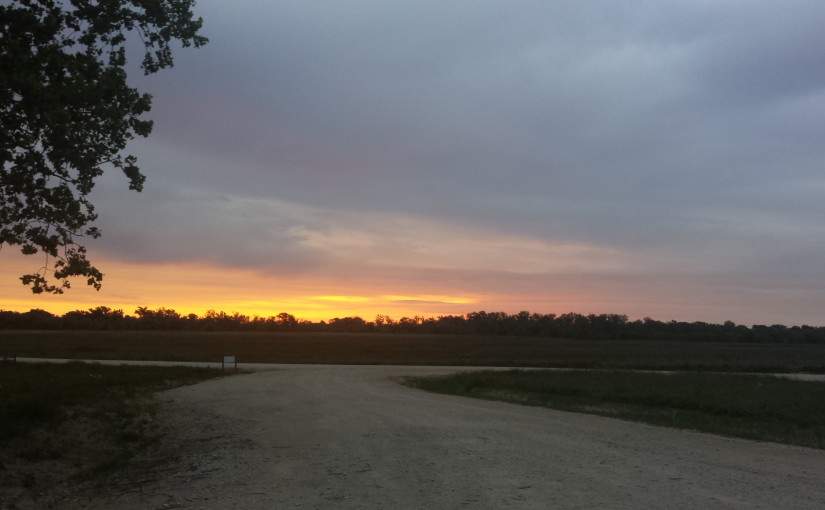-
Attwater Prairie Chicken National Wildlife Refuge

The sun is rising over the Katy prairie, and a slightly chilly breeze greets the couple of dozen nature enthusiasts huddled in a group at the front of the parking lot for the visitor’s center. The group is waiting for vans to come pick them up, vans that are driven by wildlife biologists who know where…
-
Spring Creek Greenway: Peckingpaugh Preserve
Yesterday, we were out checking out some places we plan on utilizing to prepare for this year’s Texas Challenge, and we decided on a whim to stop on at the new Nature Center off Riley Fuzzel Road in Spring. This Center is part of the Spring Creek Greenway system, a project managed by the Bayou…
-
Hill Country Highways, Episode 4: For the Birds
We had a single purpose when we went to Burnet, a single purpose that had morphed into other diversions but was our sole motivation for our journey. So here it was, Sunday morning, and it was time for the main event. Only, things weren’t going well right from the start. There was an incident with…
-
Purple Martin Madness
http://www.youtube.com/watch?v=ygQoxFMVp_E You might have seen our Facebook posts Friday about watching the Purple Martins roost in Stafford. We posted enough pictures and videos there that I don’t necessarily feel like I need to double post them here. As far as I know, the only readers of this blog are friends with us over there on…